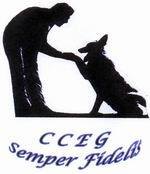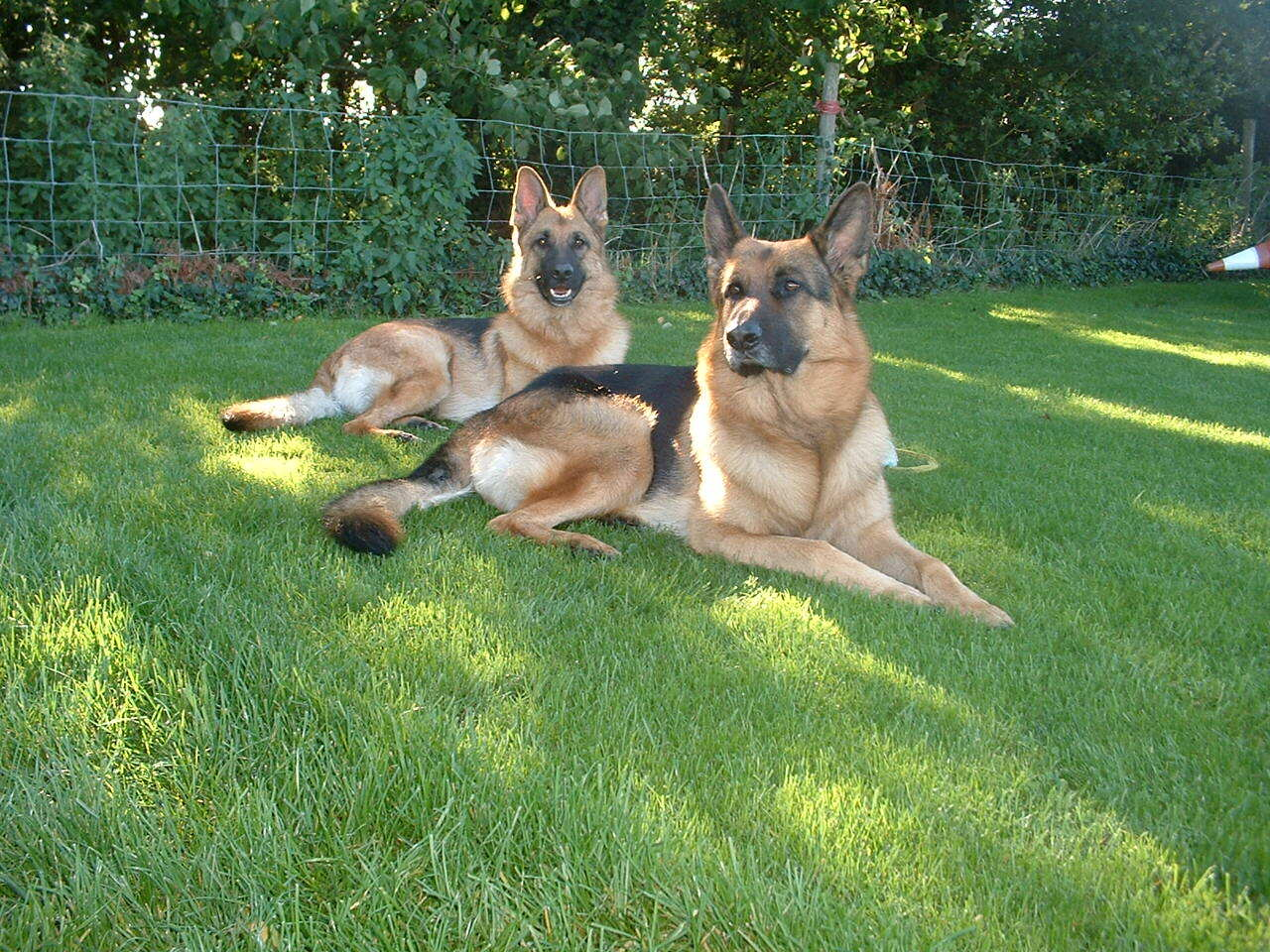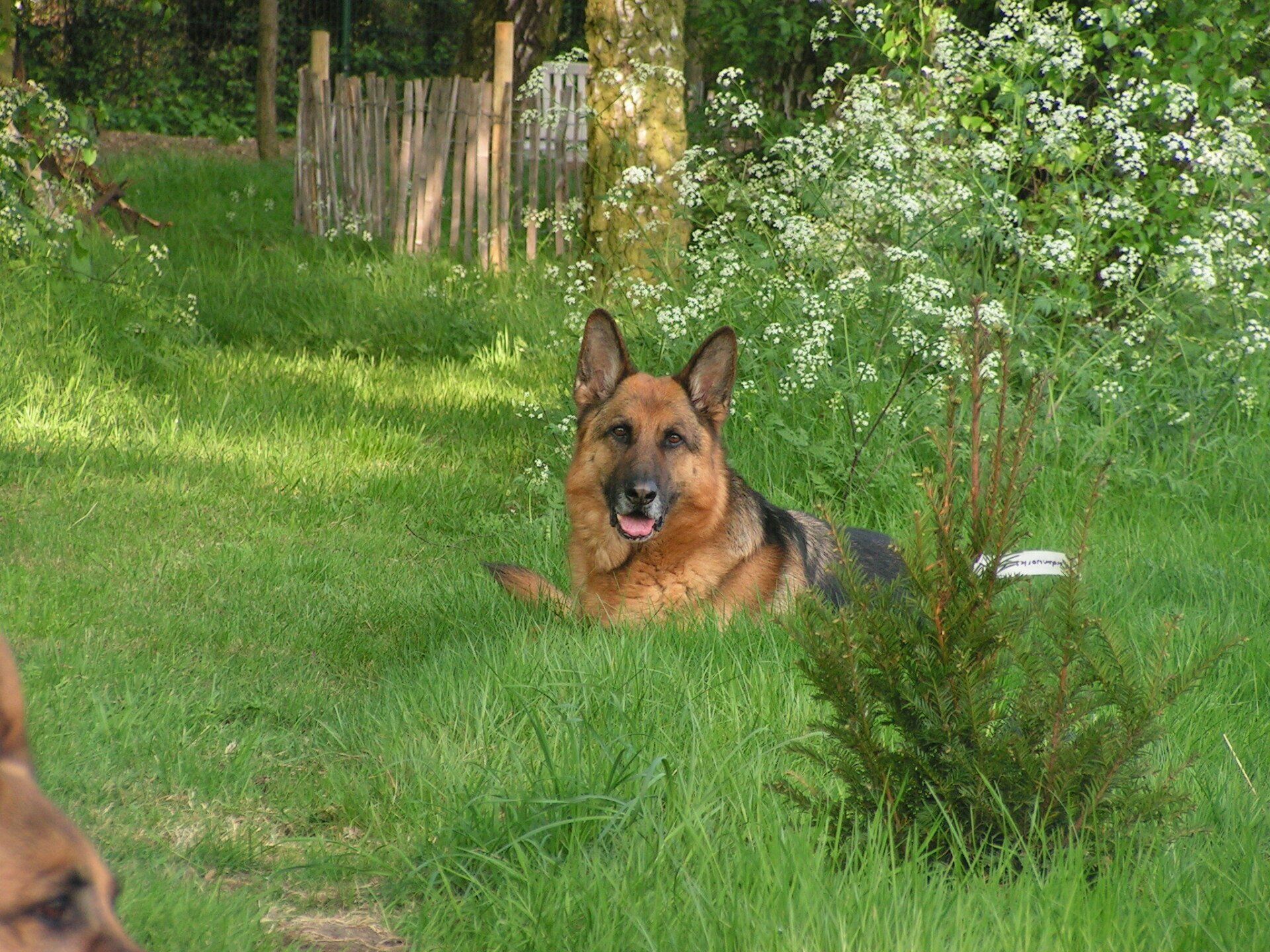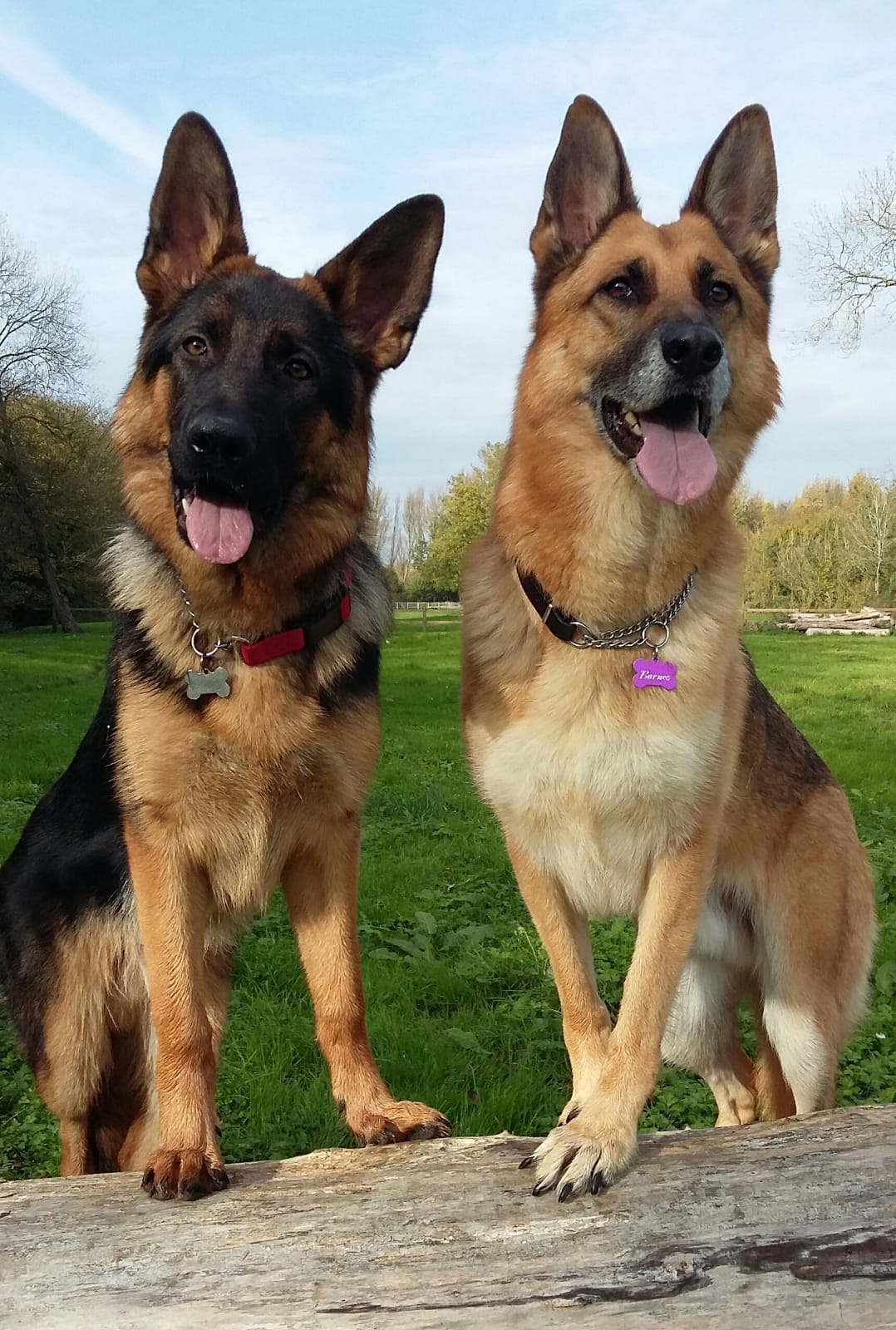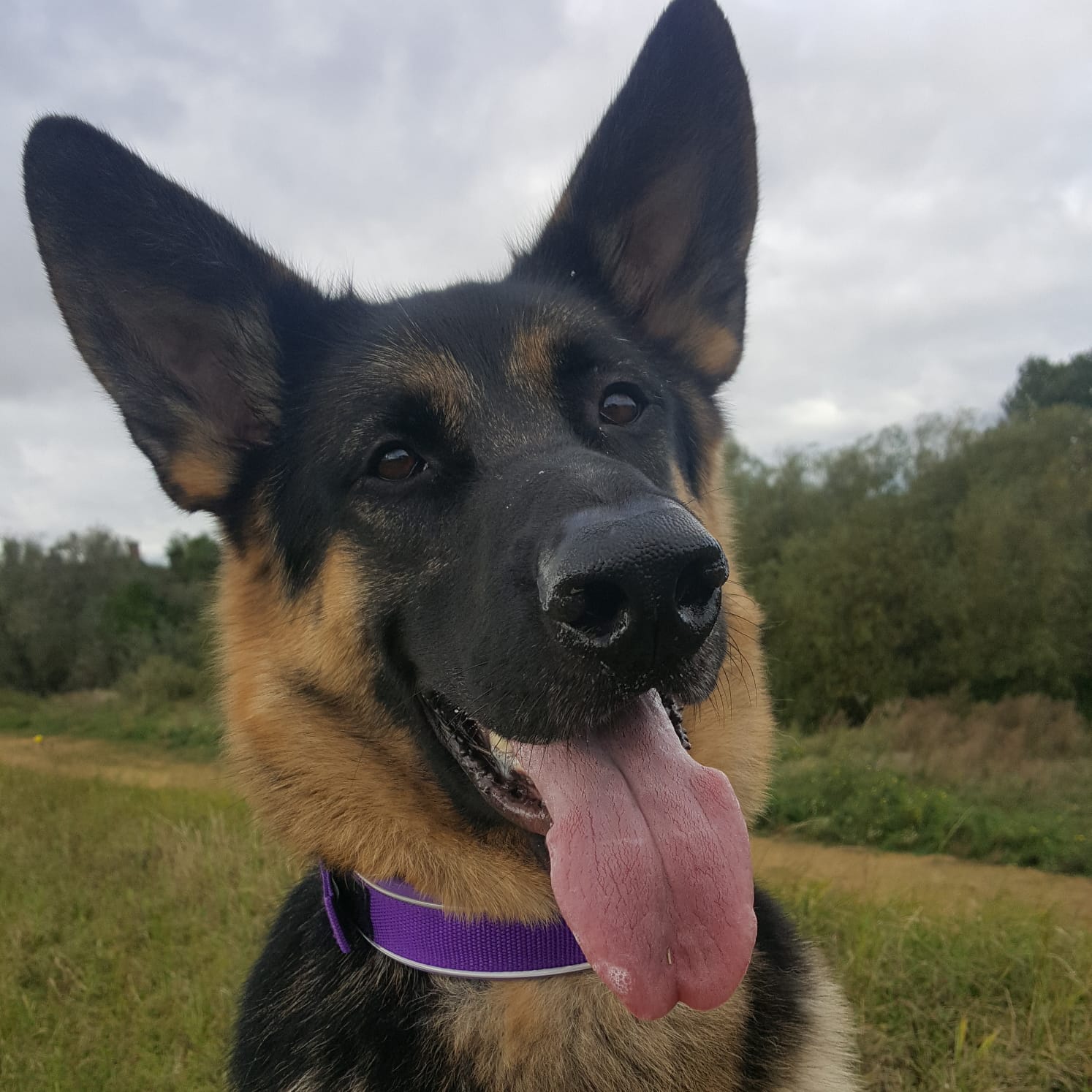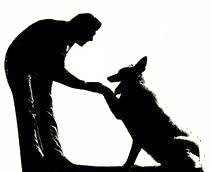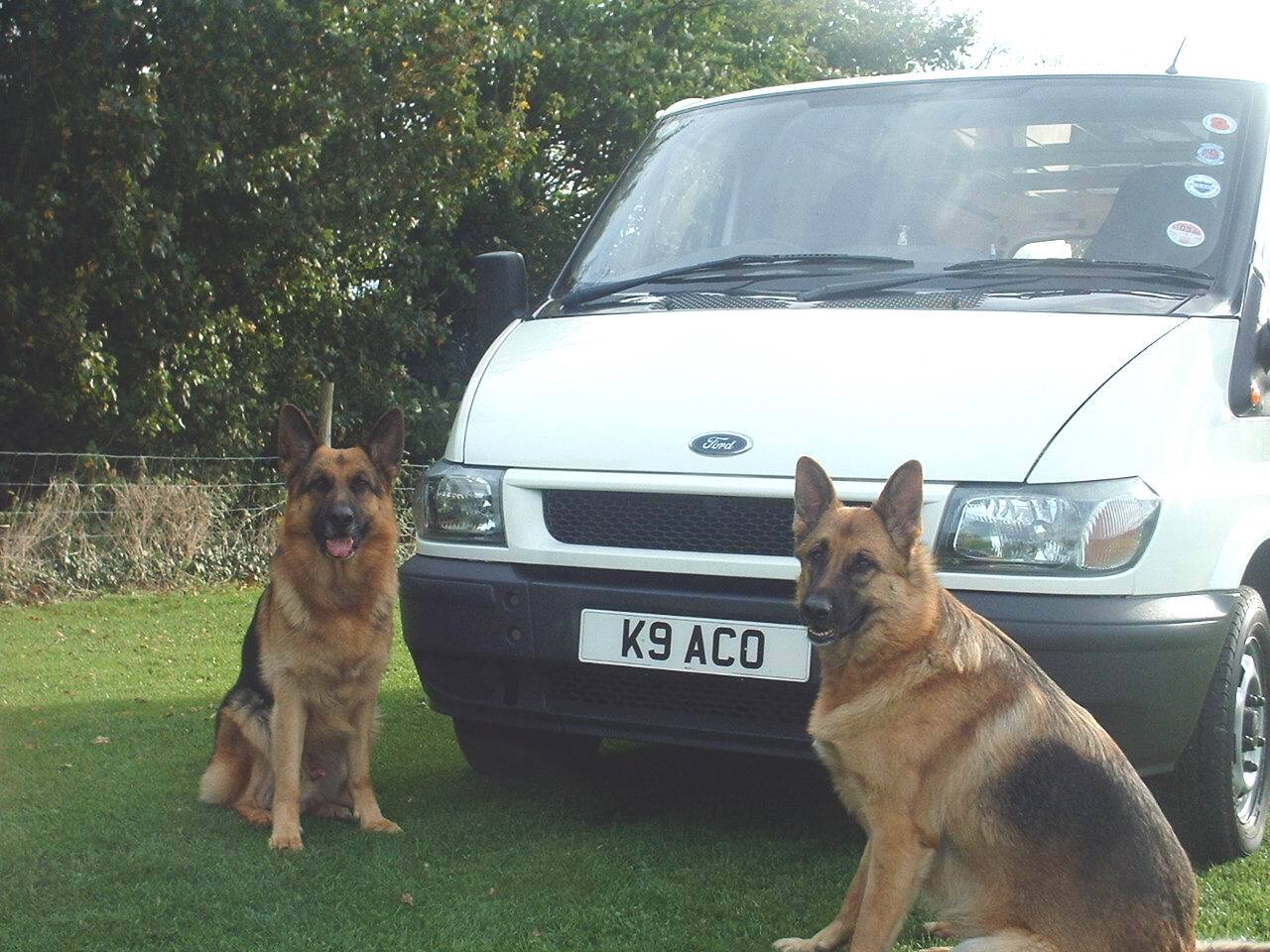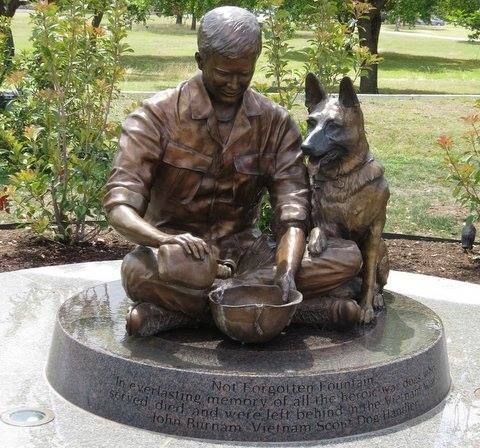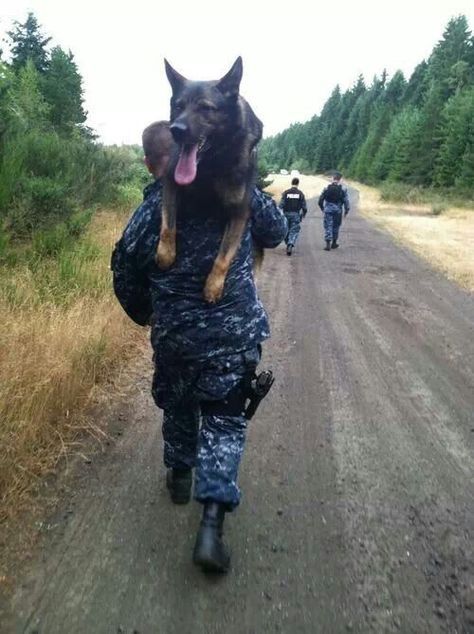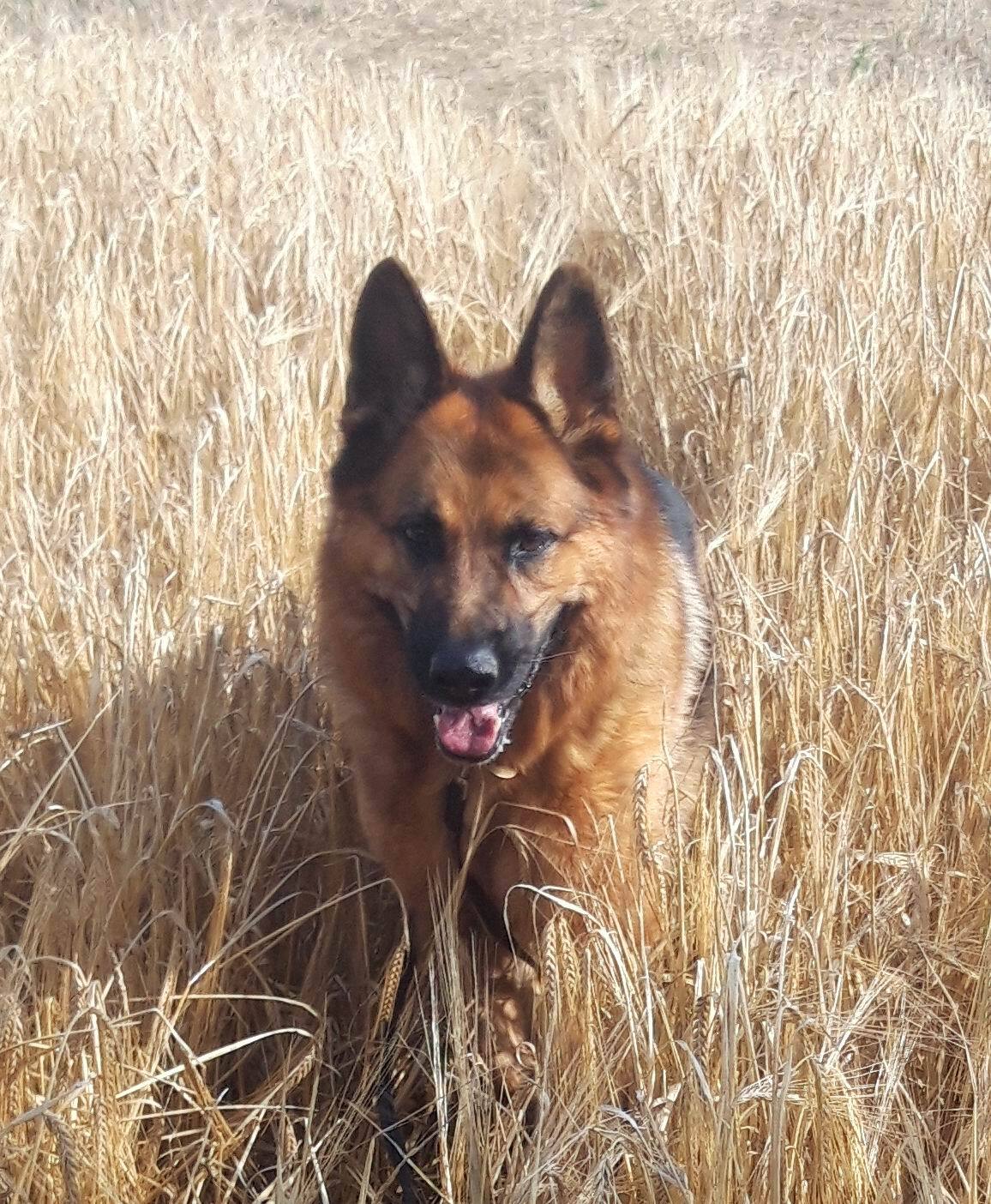FEEDING AND CARE
FEEDING
Over my 53 years of being owned by dogs I have fed them over that time tinned, moist, complete, raw food and used every recommended supplement that came on the market.
Like us I believe that each dog is different in the food they enjoy the most so we should give them their preferred diet where possible.
I have over the years used many of the 'Raws' on offer and in my opinion two of the best are
Poppy's Picnic
https://poppyspicnic.co.uk/
The Dog's Butcher
To The raw diet I also add a small amount (1/2 a mug each pre day) of a complete biscuit, Why? Because if at any time I can’t get raw or they need to change, they are already used to it.
Also their tastes may change as they grow olderand and certainly if you feed raw you may find an elderly dog’s stomach can’t cope with the bacteria in some raw food.
I also believe there is a real benefit in feeding both mainly due to the composition of dry food.
My Dry of Choice is Symply
Again after many years I like and only feed Symply Turkey and Sweet Potato Kibble.
Composition
Turkey 45.5% (Fresh Turkey 26%, Dried Turkey 15%, Turkey Fat 3%, Turkey Gravy 1.5%), Sweet Potato (16%), Whole Oats (13%), Potato (11%), Pea Starch, Peas, Alfalfa, Salmon Oil (0.8%), Whole Egg, Prebiotics - Fructooligosaccharides (0.04%), Apple, Broccoli, Carrot, Cranberry, Marigold Flower, Spinach, Bilberry.
https://www.symplypetfoods.co.uk
Apart from being (in my opinion) the best there is, their willingness to offer Information/Help and Advice on nutrition via their email address info@symplypetfoods.co.uk is outstanding.
TREATS & TOYS
From information acquired over the years I avoid all treats, toys etc. made in China. Google ‘dog treats from
China’ to see what problems they have been reported to cause. Here a starter........
'It came to me that every time I lose a dog they take a piece of my heart with them,
and every new dog who comes into my life gifts me a piece of their heart. If I live long enough, all of my heart will be dog, and I will become as generous and loving as they are.' – Anonymous
I wouldn't dream of giving my dogs food, treats or toys from China, Thailand, Vietnam and the like. The word 'China' and 'dog' conjures up images of dogs being beaten to death, throats cut, put in hot oil and cooked alive and eaten – images I would rather not have seen. In the US there are dogs that died of kidney disease after eating treats from China
Perhaps the majority of people don't realize or maybe aren't concerned about the origin of the products.
I’m told also of pet food manufacturers buying from China and adverting they are from the UK. Some get away with it by saying – they are packed in the UK, they just miss out the bit about being imported from China!
What pet food brands are made in China?
China Pet Food Company List includes
ADM.
Affinity Petcare SA.
Alltech.
Clearlake Capital Group, L.P. (Wellness Pet Company Inc.)
General Mills Inc.
Mars Incorporated.
Nestle (Purina)
PLB International.
PLEASE know that if you choose to buy any treat made in China, your pet may be at risk. Chicken jerky treats, chicken tenders, chicken strips, chicken treats, or sweet potato treats, they can all pose a potential threat.
Many deaths have been caused from two chemical additives that were present in some of the food: melamine and cyanuric acid. When both melamine and cyanuric are present in pet food, they form dangerous crystals in the kidneys of the dogs and cats who ingest them.
Here are some UK made foods and treats
The Dog Takeaway …….. www.petaroni.com
Bucher’s Dog Food – www.butchersdogfood.co.uk
Albion Dog Food - www.albionpetfoods.co.uk Food UK, treats Poland
Plus the foods mentioned at the top of the page
Toys made in China, for example, have a higher rate of toxins and lead found in their toys.
I’m told that all the supermarkets and the big retail pet stores sell treats from China

When I scratched my eye Leucillin eased the discomfort I can see my nuts again !!!!
CARE
The following is taken from the government’s information website
You must take all reasonable steps to make sure that you meet the following needs that your dog has:
- a suitable environment
- a suitable diet
- to be able to show normal behaviour patterns
- to be able to get on with other animals
- to be protected from pain, suffering, injury and disease
Owning and caring for a dog can be a source of great enjoyment, but you should be aware that dog ownership is a major responsibility.
Typically, dogs live for about 13 years or longer so think carefully about all factors that will affect your ability to care for a dog and whether a dog is suitable for you.
Providing for all of a dog’s needs
You will need to consider the size of your property and the financial and time implications of having a dog as a pet. Caring for a dog can be expensive and you should consider whether, for instance, you would be able to afford the cost of routine and unexpected veterinary treatment, or the cost of pet health insurance.
There is no one 'perfect 'way to care for all dogs because every dog, and every situation, is different. It is up to you to find out what your dog’s precise needs are and how to meet them.
You are always responsible for your dog’s needs. If you are a parent or guardian of a child under the age of 16 years, you are responsible for any animal that child is in charge of. If you are unable to care for your dog at any time, you must make arrangements for another suitable person to look after it on your behalf.
It is important to remember that you're still responsible for making sure that your dog’s needs are met, even when you are away. The person with whom you leave your dog will also be legally responsible for your dog’s welfare in your absence.
If you own or are responsible for a dog, and fail to meet its welfare needs or cause it unnecessary suffering, you may be prosecuted.
Check out the rest at -
https://www.nidirect.gov.uk/articles/welfare-dogs-need-suitable-environment
Pet Health Insurance
Is far from cheap but is a must if you can afford it , many to pick from but I think PetPlan, The Kennel Club and Direct Line offer the best deals with life time cover which is a must.
Vets
Vets are such a imtportant part of our lives, the good ones give you the confidence to entrust your dog to them, they gentle you through scary crises and one day they help you bear a most devastating loss..
There are some really great Vets and I have been very lucky to have some whom I consider the very best to care for my dogs over the year, Unfortunately, I believe like many others they are now fewer in number.
Two very interesting if somewhat worrying articles on the modern veterinary profession and well worth reading are at
https://www.doglistener.co.uk/veterinary-profession-broken
One notes that in 1999 the law was changed to allow anyone to own veterinary practices. It still required a Vet to work in that practice but it opened the vet practices up to whoever wanted to buy in to them what has happened is profit becomes the all important thing.
From a recent report it also states that
"well over 45% of all the Vet Practices in the UK are now group and corporate-owned. Do you know who owns your Vet? Practices often still go by its old name and it’s not always easy to find out who really owns them .
The 4 Big corporate Veterinary Owning Groups are
(1) The CVS Group, Currently the largest
Veterinary group
(2) Independent Vetcare
(3) Pets at Home
(4) Medivet
Personally I always look at veterinary treatment and service as I do private medical care, I’m paying for it therefore I will ask for and only see the vet I trust and want to see (unless it’s a life or death situation or in the middle of the night).
I have found for Rema and Nikita my GSD's and Jacko the African Grey this a must have product in the First Aid Kit https://www.leucillin.co.uk/
Neutering practices across Europe, Angelika Von Heimendahl discusses the UK perspective and the options available to veterinary surgeons in the UK
Globally, the approach to neutering of dogs varies considerably. Although surgical neutering is considered part of responsible pet ownership in the UK (similar to vaccinations) and performed routinely across the country, in Germany and Scandinavia, for example, surgical neutering is considered "mutilation" and is prohibited by law. Britain has one of the highest neutering rates in the world when it comes to canines, with over 80 percent of both males and females seen in veterinary practices having been surgically neutered. In the US, early neutering at eight weeks is common, whereas in northern European countries surgical removal of glands is considered mutilation and is regulated by Animal Welfare Acts, just like docking in this country. This article will try to describe neutering as it is practised today in the UK, followed by articles discussing practices in other countries.
Practice Policy
Most practices in the UK recommend neutering both male and female canines between six months and two years of age.
There is a tendency for earlier and higher neutering rates of both sexes in urban practices and many rural practices will still recommend letting the female have a season before ovariohysterectomy (OHE) is performed. Veterinary practices usually have a set policy that is recommended to the clients by all members of staff. Neutering of both males and especially females is regarded as responsible pet ownership with many future health benefits for the neutered animal. It is rarely mentioned that neutering involves elective surgery on a healthy animal.
Advantages of Neutering Females
Neutering a bitch before her first season will reduce the incidence of mammary
tumours greatly. The use of non-surgical contraceptives is not as safe and increases the risk of developing these tumours.
Prevention of unwanted pregnancies and control of dog population.
Prevention of uterine and ovarian disease and neoplasia.
Prevention of "in season bitches" living in pet homes.
Prevention of behavioural alterations due to pseudopregnancy.
Behaviour modification may be favourable for some animals of both sexes.
Oestrogen is one of the primary causes of canine mammary cancer, the most common malignant tumour in female dogs. Animals that are spayed prior to one year of age very rarely develop this malignancy which is very common in entire females.
More than 50 percent of females that are left entire will develop mammary tumours in their life. The highest relative risk of mammary tumours was found in Boxers, Cocker Spaniels, English Springer Spaniels and Dachshunds (Moe, 2001). Recent studies on the incidence of pyometra are hard to come by with many countries routinely neutering all non-breeding females. The incidence observed in a colony of beagle bitches more than four years old over 12-year period in Japan, was 15.2 percent (n = 165), with the average age of onset 9.36 +/- 0.38 years. (Fukuda, 2001).
Advantages of Neutering Males
Prevention of testicular and prostatic disease and neoplasia.
Prevention of roaming and some forms of aggression.
Prevention or reduction of marking behaviour.
In the dog, the obvious advantage is the decreased risk of prostatic disease, including benign prostatic hyperplasia, prostatitis, prostatic cysts and squamous cell carcinoma of the prostate. Testicular neoplasias, the second most common cancer in intact dogs, are also eliminated. On the behavioural side, the findings are more ambivalent with territorial aggression decreasing, but a higher incidence of aggression towards other dogs and humans in already "shy" animals (Neilson et ai, 1997). Most working dogs (police, sheepdogs, gundogs) are not neutered as handlers feel they are less keen and energetic. Recent development such as deslorelin implants for pharmaceutical neutering and selective receptor treatments for benign prostatic hyperplasia do offer alternatives to surgical castration.
Advantages of Intact Females and Males
The American Society of Theriogenology has recently (2007) published an extensive study on the effects of neutering and has also looked at the numerous positive effects of the sex steroid hormones. Intact animals have a: decreased risk of haemangiosarcomas, osteosarcomas, transitional cell carcinomas and adenocarcinomas in bitches and dogs (Cooley et ai, 2002); decreased incidence of obesity in bitches and dogs, due to a higher metabolic rate; decreased incidence of incontinence in bitches; lower incidence of chronic vaginitis and perivulvar dermatitis in bitches with juvenile vulvas or juvenile vaginitis if they are allowed to experience at least one oestrous cycle; reduced incidence of autoimmune thyroiditis and hypothyroidism in both male and female dogs,reduced incidence of cranial cruciate rupture in male and female dogs (Duval et ai,1999), reduced incidence of hip dysplasia in male and female dogs that are not gonadectomised before five months of age.
In addition, aggression towards people and animals may increase in bitches however, be useful in assessing animals of certain breeds which are predisposed for certain types of cancer. In a more recent study, urinary incontinence after neutering occurred in 9.7 percent of bitches. It affected 12.5 percent of bitches that had more than 20kg body weight and only 5.1 percent of bitches that were lighter «20 kg body weight) (Okkens et ai, 1997). The type of surgical procedure (ovariectomy versus ovariohysterectomy) had no influence on the incidence, or on the period between neutering and the occurrence of urinary incontinence. Urinary incontinence occurred on average at two years and 10 months after surgery (Stocklin-Gautschi et al, 2001). In the last years, the Kennel Club has published a list of endangered dog breeds that have less than 50 puppies registered each year
It includes such breeds as the Bloodhound, Manchester Terrier and Clumber Spaniel which would have been quite common until recently. Given that the active breeding life of the female is only about five years and a neutering rate of over 80 percent, extinguishing a breed or narrowing the population to an unsustainable level can happen very quickly.
Alternatives to Surgical Neutering
Keeping intact females usually involves suppression of oestrus at certain times in their lives. Traditionally this has been done through administering progesterone either long acting by depot injections (proligestone) or short term with norethisterone.More recently GNRH agonists such as deslorelin (Suprelorin), which have much fewer side effects, have been used. In many cases, male castration is not necessary and many of the negative behavioural patterns associated with intact dogs can be controlled with proper handling and training. Reversible castrations in males can be achieved by implanting them with deslorelin (Suprelorin), which suppresses the production of testosterone and spermatogenises temporarily.
Conclusion
Although neutering both males and females has certain health benefits, it still involves elective surgery on a healthy animal. This is an approach that is not used in other areas of veterinary medicine and has been rejected as unethical in some parts of Europe. There are advantages to staying intact for both bitches and dogs and these should also be discussed with the owners when making the decision on neutering. There are also many more pharmacological solutions available now for non-surgical neutering as well as the treatment of some of the problems associated with intact canines later in life.
Angelika Von Heimendahl
